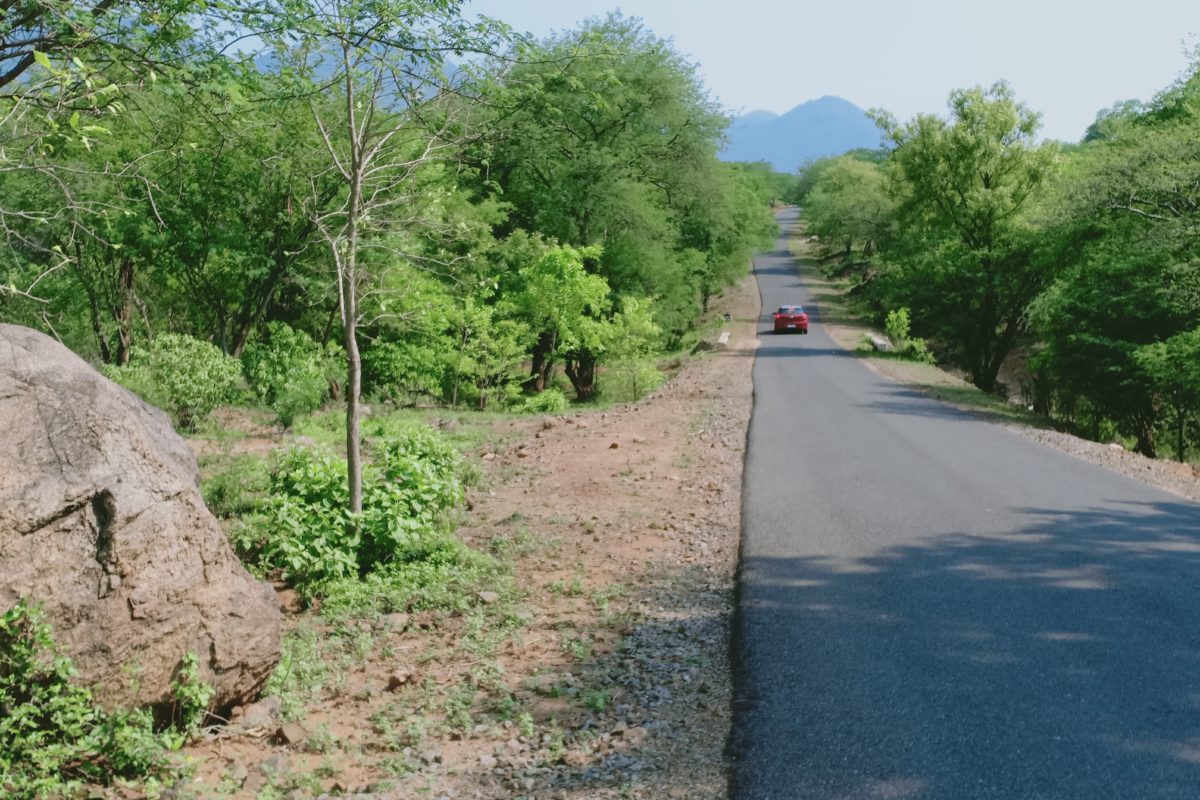- Hosur-based Kenneth Anderson Nature Society (KANS) has been demanding that the Melagiri region in Tamil Nadu be declared a wildlife sanctuary named after Anderson.
- Considered to be a pioneer of wildlife conservation, Anderson authored eight books and close to 60 stories about his hunting exploits.
- While they are mostly about his encounters in the wild, the books also discuss the importance of conservation and upholding the rights of the forest dwelling communities.
- According to the KANS, Melagiri is under threat from deforestation, irresponsible tourism and unplanned development.
Ironical as it may sound, the legacy of an India-born British hunter from India’s colonial past is now living on in the conservation efforts of a nature society, founded in his memory in Hosur in Krishnagiri district of Tamil Nadu, in 2008. Known as south India’s Jim Corbett, Kenneth Anderson studied and worked in Bengaluru (Bangalore at the time) in the 1920s. After 15 years in the posts and telegraph department, he took up his last job at the British Aircraft Factory in Bengaluru (Hindustan Aeronautics Limited) as a factory manager. He was also an avid sport hunter, interested especially in big game.
But it is as a writer that he is remembered most widely today. Anderson authored several books based on his hunting exploits in the jungles of south India and is considered by many as among the first wildlife conservationists in the region.
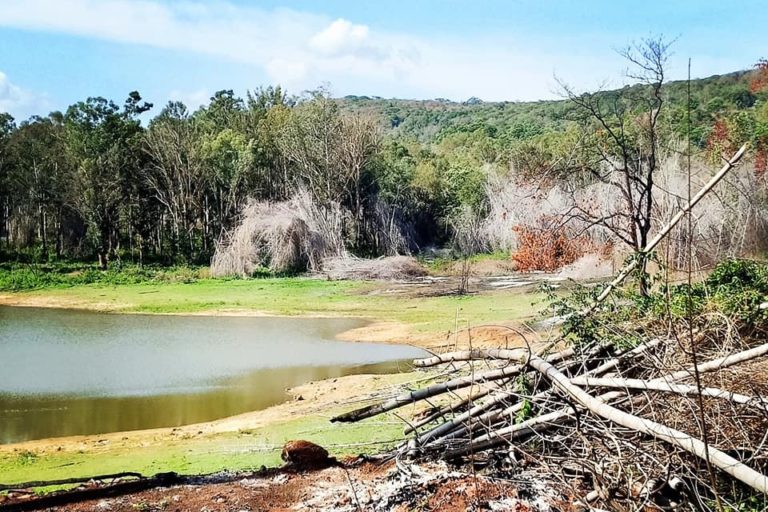
In fact, the Hosur-based Kenneth Anderson Nature Society (KANS) has been demanding that the Melagiri region in Tamil Nadu be declared a wildlife sanctuary named after Anderson.
According to S.R. Sanjeev Kumar, vice-president of KANS, this would invite global attention to conservation efforts in the region. The society works extensively to reduce man-animal conflict in Aiyur, Jawlagiri and Anchetty– all forest areas in Tamil Nadu that have repeatedly found mention in Anderson’s books.
With Karnataka’s Bannerghatta wildlife sanctuary to its north and Cauvery Wildlife Sanctuary of Tamil Nadu to the south, Melagiri has two major elephant corridors that account for the huge numbers of the pachyderms in the area. The tiger reserves of B.R. Hills, Sathyamangalam and Male Mahadeeswaran Hills are also in the vicinity.
The biggest attraction of Melagiri is the Hogenakkal falls of the Cauvery river. Thousands visit the falls regularly to indulge in coracle rides and other river activities like river rafting, walks and medicinal baths. Trekking up the Melagiri hills, to enjoy the view of the Eastern and Western Ghats merging, is also popular among visitors.
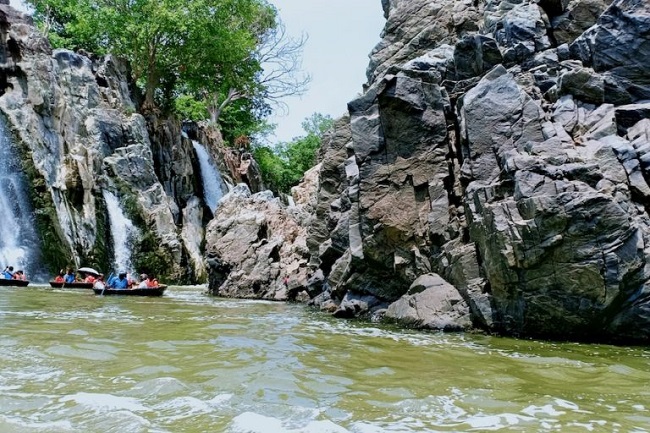
Wildlife conservation in Anderson’s writing
Anderson authored eight books and close to 60 stories about his hunting exploits. His first, Nine man-eaters and one rogue, first published by London-based George Allen and Unwin in 1954 was about the reasons behind tigers, leopards and panthers turning man-eaters and elephants turning rogue. He starts with a tiger that turned man-eater in Jowlagiri in Melegiri and a panther in Gumalapur, which caused 42 human deaths.
While all his books narrate his encounters in the wild, they highlight the importance of conservation and upholding the rights of forest-dwelling communities as well.
“Although he contributed immensely to the literary genre known as shikar writing in India, Kenneth Anderson remained relatively obscure. He never got the recognition Jim Corbett had won – probably because he was writing in Corbett’s powerful narrative shadow,” said Peppin Jerold, a wildlife enthusiast and an avid Kenneth Anderson fan.
Jerold is an engineer based in Bengaluru, who moderates a popular social media group titled Kenneth Anderson with 18,000 members who are avid readers of Anderson classics.
Among Jerold’s favourite Anderson stories is the one about Muniappa, a wily shikar guide well-known in the Melagiri division of forests spread across Krishnagiri and Dharmapuri districts. Muniappa once approached Anderson for help to kill a man-eater tiger that, according to him, was creating terror in Jawlagiri. Sceptical about Muniappa’s intentions, Anderson first undertook a fact-checking mission. Sure enough, he discovered that the alleged culprit was a panther with no inclination to kill human beings. Further investigation revealed that Muniappa had promised to make a gift of the animal’s hide to some senior forest officials.
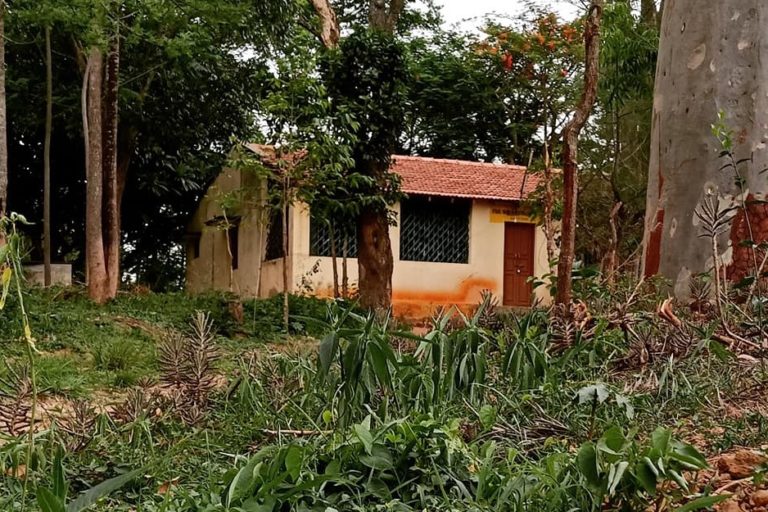
“The ecological horrors of hunting were less those days,” said Laxmeesha Acharya, president, KANS. “People like Anderson targeted only man-eaters and spared all other animals. They remained proven conservationists, who were extremely sensitive towards the fragile ecology of the region,” he added.
“Anderson hunted man-eaters mainly on the request of government and forest officials of that time in response to the fear that gripped local affected communities. But his stories are full of concern for the depleting animal population and the flora around. Going by the books, he had a keen sense of natural history and appreciation of the wild. He was also an expert on animal behaviour,’’ said R. Mohan Raj, Coimbatore-based conservationist and secretary of Tamil Nadu Green Movement.
Interestingly, a mango tree planted by Donald, Anderson’s son and a hunter himself, still provides shade to Muniappa’s grave, located in the Jawlagiri forest. Anderson succumbed to cancer in 1974.
What ails Anderson’s haven
Once infamous for the presence of number of man-eating tigers, Melagiri is the setting for 20 of Anderson’s most famous hunting tales. With more and more young fans taking to his writing, thanks to accessibility to his works on the Internet, Melagiri has been put on the global map. Its proximity to Bengaluru has also made it easier for wildlife enthusiasts eager to retrace Anderson’s jungle trysts in the region.
Many wildlife activists, say KANS members, have been inspired by the vivid tales of Anderson to pitch in with forest department officials in the region to conduct wildlife censuses, dig elephant-proof trenches and help forest-dwelling communities to live safely and in harmony with nature.
“People might have objections in calling a hunter a conservationist. But we have no information that Kenneth Anderson killed animals other than man-eaters and that too at the behest of local governments and forest officials. On the other hand, his books are still prompting youngsters to engage in conservation activities,” said Piyush Manish, a Salem-based green activist.
However, the region has been beset with problems. Deforestation and consequent soil erosion have been rampant.
“Large scale deforestation by the timber lobby and land mafias is killing a major portion of the Melagiri forests, especially on the banks of the Cauvery. Though little known outside Tamil Nadu and Karnataka, indiscriminate tourism is becoming a growing threat to wildlife. Wildlife offences are high in the region as violators can easily escape to nearby Karnataka by swimming across the river,” said Sanjeev Kumar, adding, “illegal laterite quarries are another cause for concern.”
“Located close to Karnataka and on the banks of the inter-state river Cauvery, Melagiri forests are now under stress mainly because of interference by timber lobby and land mafias,” said K.J. Sreekumar, an organic farmer and environmental activist based at Dhenkanikottai on the outskirts of Melagiri. “Wildlife offenders are managing easy escape by swimming across the river and running to the Karnataka region on the other side. Unregulated tourism in the form of large scale trekking and camping within the forests also posing as a big challenge to conservation,” he pointed out.
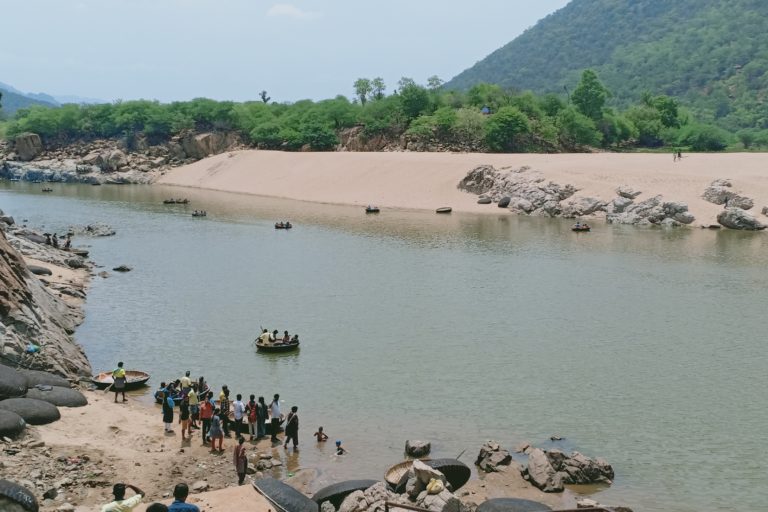
Native vegetation has also taken a hit with the unchecked growth of invasive lantana shrubs that are affecting the growth of other flora that herbivores like deer and elephants feed on.
It hasn’t helped either that Melagiri has been largely overlooked on the conservation map, and received very little media attention.
According to KANS president Acharya, Melagiri is a biodiversity hotspot that has fallen prey to unplanned development that has resulted in the unprecedented loss of wildlife. KANS has identified the number of hit-and-run deaths in the national highway stretch between Anekkal and Dharmapuri as the most alarming. The organisation has been conducting roadkill awareness programmes for the general public regularly.
“There is a forest village called Belekare located hardly 35 kilometres from Bengaluru’s Electronic City. But reaching there involves a huge risk because of the lack of any motorable road and presence of wild elephants,” said Acharya. The villagers were accused of helping poachers and the timber lobby. KANS has been working with the forest department to involve the 40 families in the village in conservation activities, said Acharya.
Fishing and cattle-grazing are now threatening the existence of smooth-coated otters in the region. An Otter Conservation Project in the Biligundlu Reserve Forest along the banks of the Cauvery is another KANS initiative. Conservation efforts are also on to protect four-horned antelopes and grizzled giant squirrels.
According to Acharya, most KANS members started engaging in conservation activities inspired by Anderson’s writings. Despite the challenges, the support that they have managed to garner through social media is driving their efforts. Locals in the area feel that an interpretation centre and museum on Kenneth Anderson, ‘the hunter, nature enthusiast and chronicler of wildlife’ close to the waterfalls can make create more awareness.
“Kenneth Anderson used to say that jungle was his birthplace and heaven. He had also wanted to make it his resting place. So, it is only fitting that this area be declared a wildlife sanctuary and named after him in order to inspire more people to join hands to save his beloved Melagiri,” concluded Peppin.
Article published by gopi
source: http://www.india.mongabay.com / Mongabay / Home / by K. A. Shaji / July 17th, 2019
